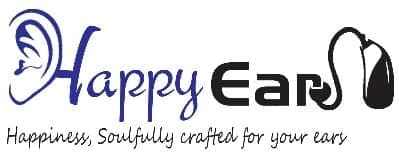Hearing aids aren’t mere sound amplifying tools anymore. Modern hearing aids are more like mini-computers with various advanced features. You can customize them to amplify different sound frequencies, based on the nature of your hearing loss issues. Some hearing aids can even minimize background noise and specifically amplify the sounds you wish to focus on.
Since there are so many hearing aids on the market, selecting the right set isn’t as easy as it seems. Shoppers have to consider hearing aid price as well. Don’t worry – here’s an in-depth guide.
Visit an Experienced Audiologist
Currently, approximately 6% of the world population suffers from deafness. Who diagnoses and treats their hearing loss issues? Audiologists – trained professionals who specialize in auditory sciences.
They work in hearing aid clinic and perform physical examinations on hearing loss patients. These exams help audiologists understand exactly what type of hearing loss a patient has. There are four types of hearing loss problems –
- Auditory Neuropathy Spectrum Disorder
- Sensorineural hearing loss
- Mixed hearing loss
- Conductive hearing loss
The nature of your hearing loss will determine your future treatment plans and your hearing aid requirements. Different types of hearing aids help different types of hearing loss patients. Understand what category you fall under by visiting a top hearing aid clinic.
Know Your Options
In terms of design & use, you’ll get to choose from four types of hearing aids. They are –
- Invisible-in-Canal (IIC): Small, sits inside the ear canal, hence “invisible.”
- In-the-Canal (ITC): Larger in size so they typically have more features; they sit on the insides of the user’s outer ear.
- In-the-Ear (ITE): Again, larger in size and more feature-friendly; ITE hearing aids fit in the user’s ear canal. They’re less likely to get tangled or lost.
- Behind-the-Ear (BTE): These hearing aids sit behind the user’s ears. They have tubes that run over the top of the ears to secure the small machines.
Which of these four hearing aids will suit you? Ask your audiologist for recommendations. Even better – try each model out yourself (at your clinic) to see which suits your lifestyle the best.
The market determines the average hearing aid price. So, actively avoid cheap hearing aids with price tags that seem too good to be true. High-quality hearing aids with features like automatic volume controls or feedback reduction will cost quite a lot. Do your market research (online) and know what costs to expect before hitting the stores!



